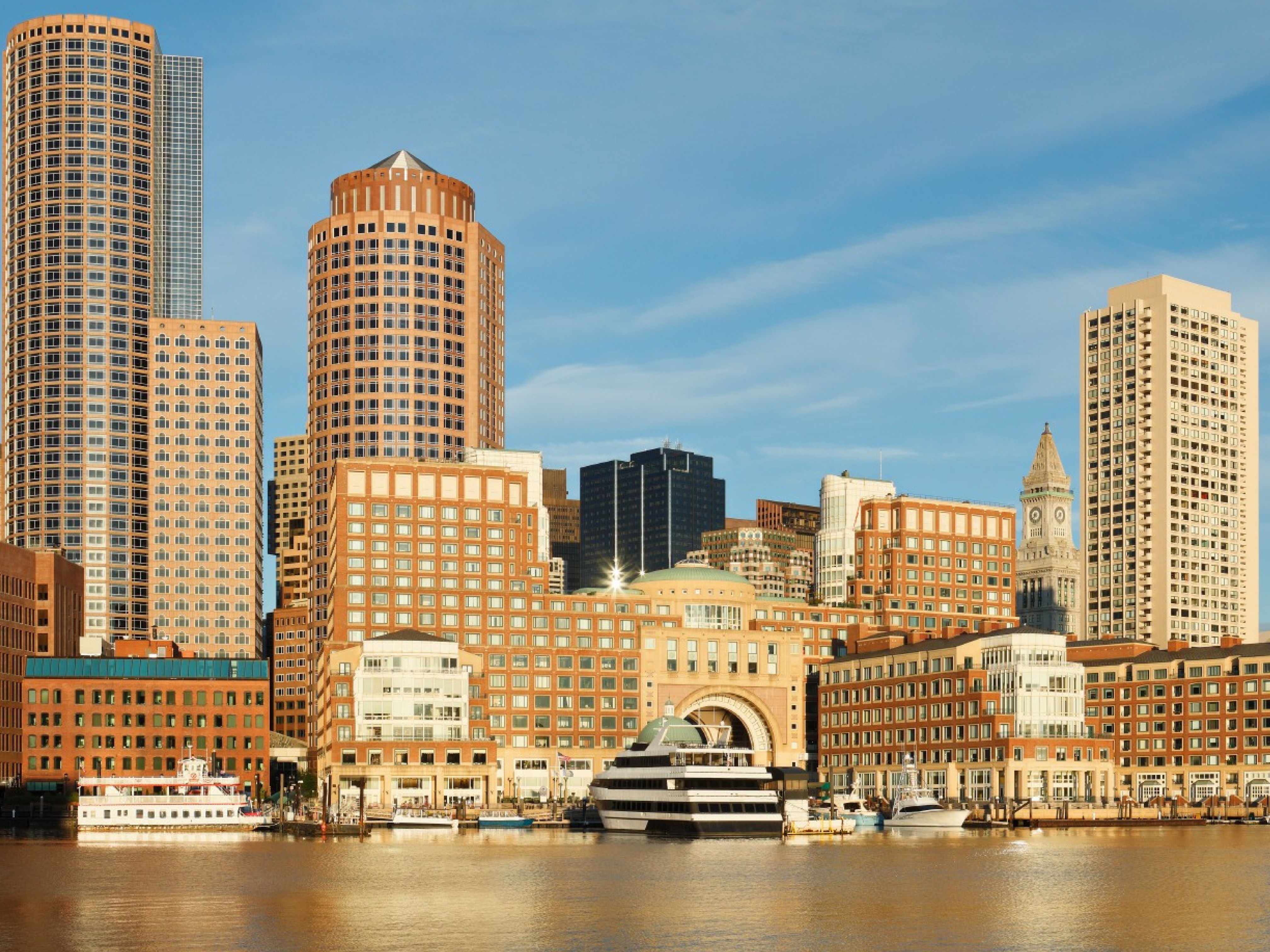
By embedding updated climate resilience and carbon reduction standards in the development review process, Boston is ensuring that new developments model a carbon free, climate ready city.
We are excited to share the details of the Boston Planning and Development Agency’s (BPDA) updated Climate Resiliency and Preparedness Checklist. The Checklist is a good example of how the City is embedding climate preparedness into its processes to better prepare the city for events like the recent winter storm.
It requires new project developers to explain how their project will specifically prepare for and adapt to future climate projections from the Climate Ready Boston Report:
- 10 degrees increase in the average annual temperature
- A significant increase in number of days above 90 degrees
- 40” sea level rise from a 1% annual chance flooding event
- Increased precipitation up to 6” during heavy storm events
The new BPDA Sea Level Rise – Flood Hazard Area Map helps developers see their long term flood risk with 40’’ of sea level rise. With a clear design guideline, planning for climate impacts in new development may be a bit easier. Take a look for yourself at the new sea level rise filter on the Boston Planning and Development Agency’s Zoning Viewer.
What type of developments are we talking about?
Big ones primarily. The City divides new construction and developments by size and type.
Large projects (adding more than 50,000 square feet), planned development areas (new overlay zoning districts for project areas larger than 1 acre), and institutional master plans (for entities like universities or hospitals) that go through the Article 80 review process are required to fill out the updated Climate Resiliency and Preparedness Checklist.
How are new developments required to prepare and plan for climate change resiliency and carbon neutrality?
The Checklist requires developers to provide information about how the project will manage its energy load and performance, actively reduce its carbon emissions, manage and withstand near- and long-term climate change impacts, and contribute to the City’s 2050 carbon neutrality goal.
For example, one section asks to “describe future site design and or infrastructure adaptation strategies for responding to sea level rise including future elevating of site areas and access routes, barriers, wave / velocity breaks, storm water systems, utility services, etc.” Raising the electrical rooms above base floors and strengthening water drainage system for instance, are concrete design steps to build for resilience.
How did Climate Ready Boston contribute to this update?
The updated guidelines reflect the findings and recommendations of Climate Ready Boston, and Mayor Walsh’s Carbon Neutral 2050 goal. Climate Ready Boston’s climate projection consensus for sea level rise, heat, and precipitation are the basis for the Checklist’s design guidelines.
Who’s in charge of the review process?
Established by Article 37, the Interagency Green Building Committee (IGBC) determines project compliance with the City’s green building and climate resiliency policies and requirements. The committee is comprised of representatives from the BPDA, Environment, Inspectional Services, Transportation, and Parks Departments.
Project developers complete the Checklist and submit it for review to the committee before, during, and after project completion.
How does this move us towards a Carbon Free, Climate Ready city?
The Checklist is an important step forward in how it positions climate preparedness, energy efficiency, and carbon reduction considerations as essential parts of the development review process. It is a great example of integrated planning for both carbon neutrality and climate resilience.


Recent Comments